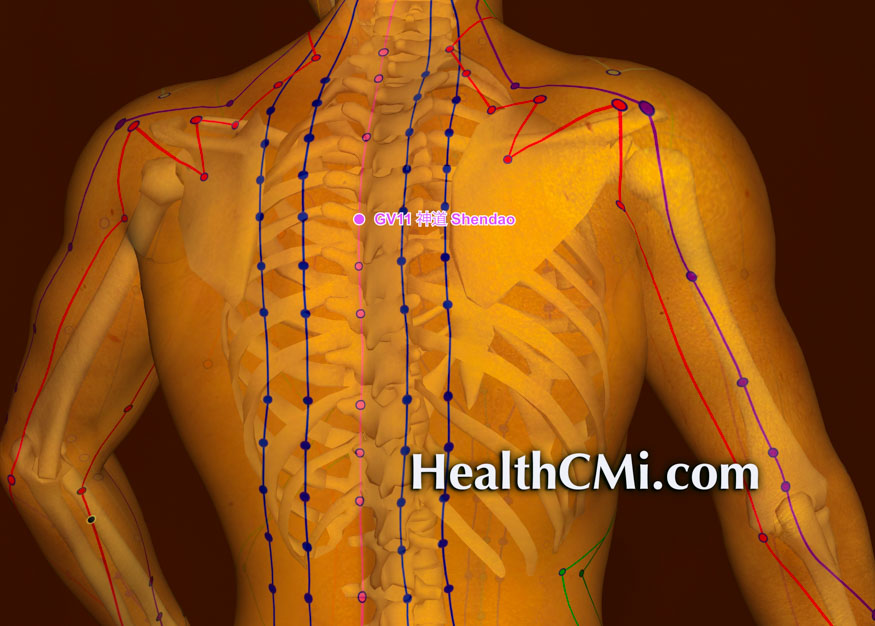
Acupuncture is an effective treatment for hives (urticaria). Zhejiang University of Traditional Chinese Medicine researchers compared medication with acupuncture. The study provides valuable insights into the efficacy of acupuncture as it proves that acupuncture alleviates symptoms and improves immunological responses for patients with urticaria.
Two groups were compared in this two-arm study. One group received levocetirizine, an antihistamine often used to treat allergies and associated hives, sneezing, and itching. The other group received acupuncture. The acupuncture group had superior patient outcomes for symptom and sign relief. An important discovery, the acupuncture group had greater improvements in serum IgE (Immunoglobulin E) levels.
IgE is an antibody that plays a role in allergy sensitization and atopic concerns such as asthma, atopic dermatitis (eczema), hives, and rhinitis. These conditions are a result of hypersensitivity reactions involving immune system cells, including IgE. The production of IgE starts for humans with exposure to an antigen (a toxin or substance that triggers an immune system response). The detection of the antigen starts with a macrophage or dendritic cell (a cell that fights pathogens and prevents issues with harmless antigens and self) which presents T cells with the antigen. Cytokines assist the T cells in communicating the antigen to B cells that lead to the production of IgE that can bind to the antigen.
The study involved the selection of 60 patients who received acupuncture or drug treatments. The patients were randomly assigned to one of two groups: a drug control group or an acupuncture treatment group, each comprising 30 individuals. For the drug control group, a six-week regimen of levocetirizine, an allergy-relief medication, was administered. The dosages were adjusted over the course of the treatment period, starting at 0.5 mg per day in the first and second weeks and tapering down to intervals of every three days by the fifth and sixth weeks.
The acupuncture treatment group underwent sessions targeting the Shendao (DU11, GV11) acupuncture point, located below the fifth thoracic vertebra. Patients were instructed to take a seated position with both hands partially clenched into fists, elbows bent, shoulders relaxed, and heads positioned as low as comfortably achievable.
Following a thorough disinfection process, a thick acupuncture needle (75 × 0.40 mm) was inserted at an angle of approximately 30 degrees. Subsequently, the needle's shaft was gradually lowered and gently pressed against the skin, while the needle's tip was meticulously guided along the midline of the spinous process beneath the skin's surface. Once inserted, the needle was oriented parallel to the spinal column's midline, with only approximately 0.5 cm of the needle's shaft remaining outside the body. The needle was retained for four hours. The treatments were conducted five times a week, with a two-day interval for two weeks.
The outcomes were evaluated at the 2nd, 6th, and 12th weeks post-treatment initiation, focusing on key parameters including itchiness, hive size, and hive count. Intriguingly, no significant disparities in efficacy were observed between the two groups at the 2nd and 6th weeks. However, the 12th-week assessment yielded noteworthy divergence, with a statistically significant difference favoring acupuncture for improvements in itchiness, hive size, and hive count. An important revelation was the marked distinction in serum IgE levels between the two groups after 12 weeks of treatment, with the acupuncture group demonstrating superior outcomes.
In a parallel study conducted at Isfahan University, the efficacy of acupuncture in managing chronic urticaria was further elucidated through a randomized, controlled, double-blind clinical trial. This research encompassed 40 patients facing the complexities of idiopathic urticaria, unresponsive to conventional therapies, and abstaining from medications for at least one month prior. The patients were randomly distributed into two groups: the acupuncture treatment group and the placebo group.
Assessment criteria included the mean number of urticaria episodes and the mean duration of these episodes over a three-week period. In the initial treatment week, the control group exhibited an average weekly attack rate of 5.5, while the acupuncture group reported 5.15, with no significant intergroup differences. However, as the study unfolded, repeated tests unveiled a significant decrease in urticaria episodes among the acupuncture-treated patients compared to their placebo counterparts.
Moreover, an analysis of the mean duration of urticaria attacks yielded illuminating results. During the first treatment week, the control group experienced episodes lasting 6.82 hours on average, while the acupuncture group reported 6.77 hours. These durations decreased to 5.48 hours and 4.4 hours, respectively, in the second treatment week. By the third week, the control group averaged 5.08 hours per episode, while the acupuncture group demonstrated a remarkable reduction to 2.37 hours.
In summary, these studies collectively underscore the therapeutic potential of acupuncture in mitigating the frequency and duration of urticaria episodes. The research not only accentuates acupuncture's comparative effectiveness versus conventional medications but also delves into the realm of immunological responses, shedding light on acupuncture’s mechanisms and affirming its value in the management of chronic urticaria.
References:
1 H. Gao, X. Li, W. Ye et al., “The research of the effect and serum IgG level on thick needle at Shendao (DU 11) for treating chronic urticaria,” Journal of Zhejiang University of Traditional Chinese Medicine, vol. 33, no. 1, pp. 111–112, 2009 (Chinese).
2. Iraji F, Saghayi M, Mokhtari H, et al. Acupuncture in the treatment of chronic urticaria: a double blind study[J]. Internet J Dermatol, 2006, 3(2).


